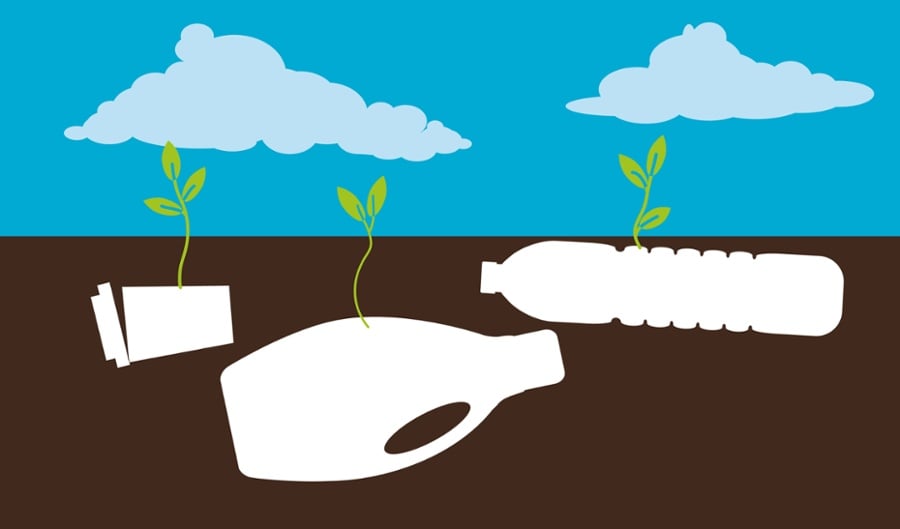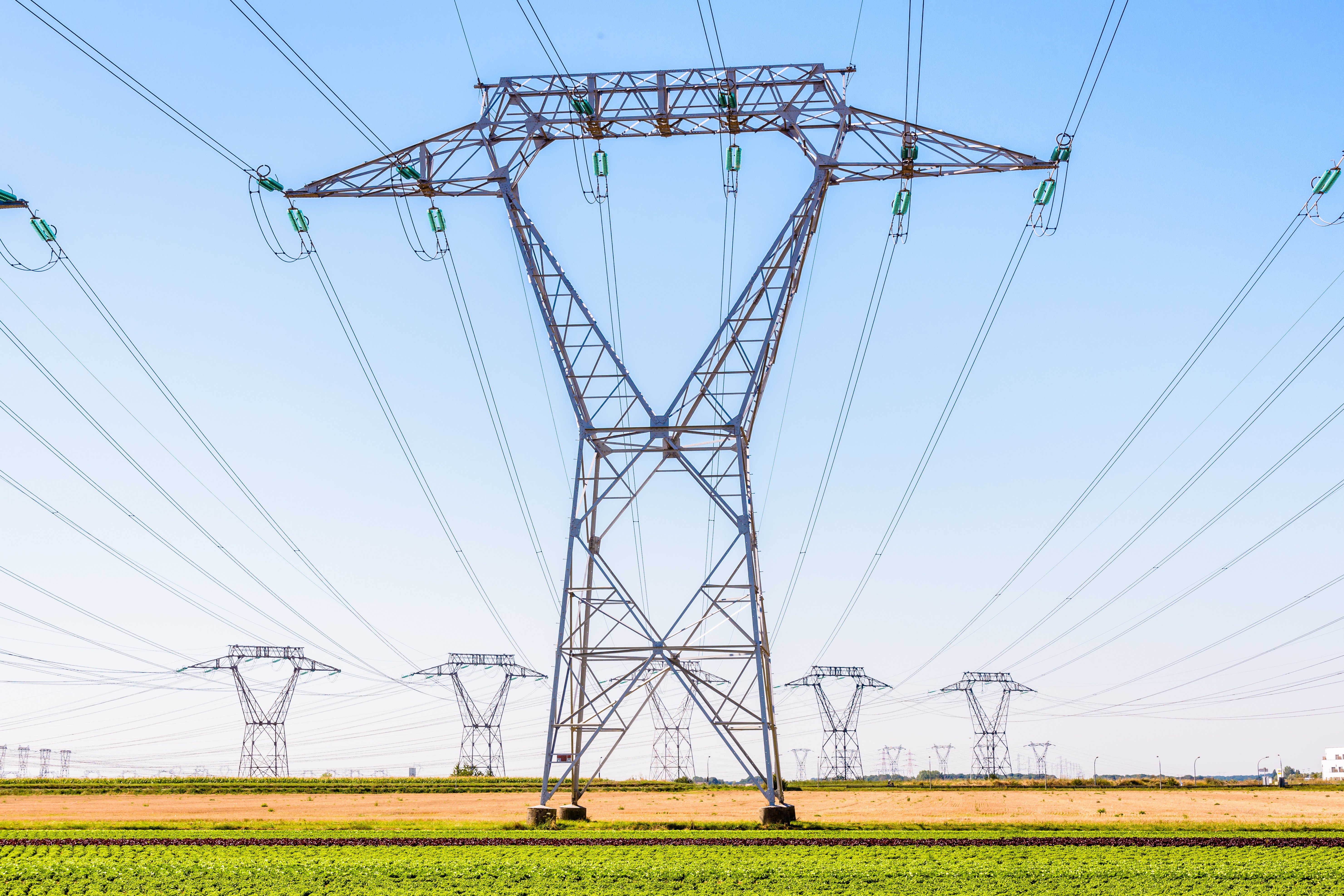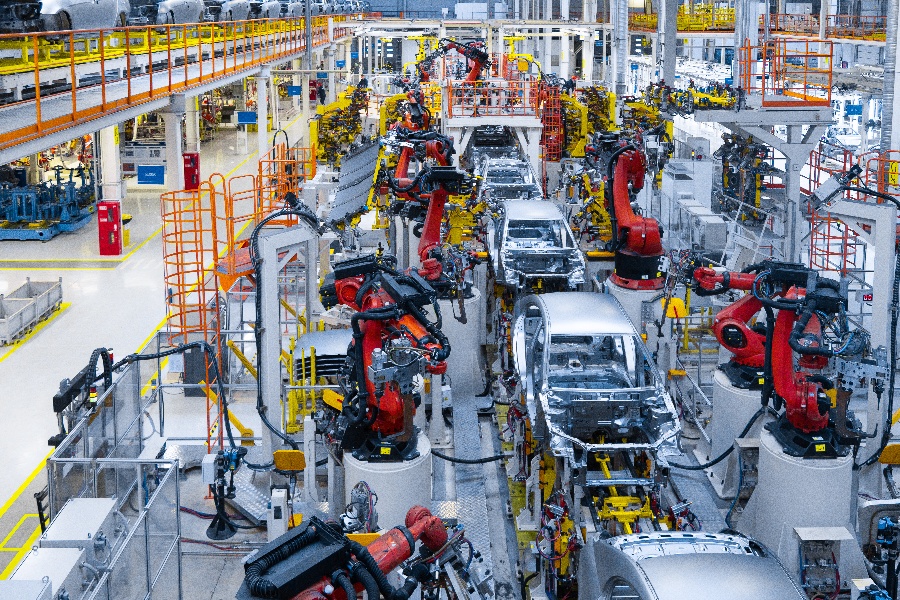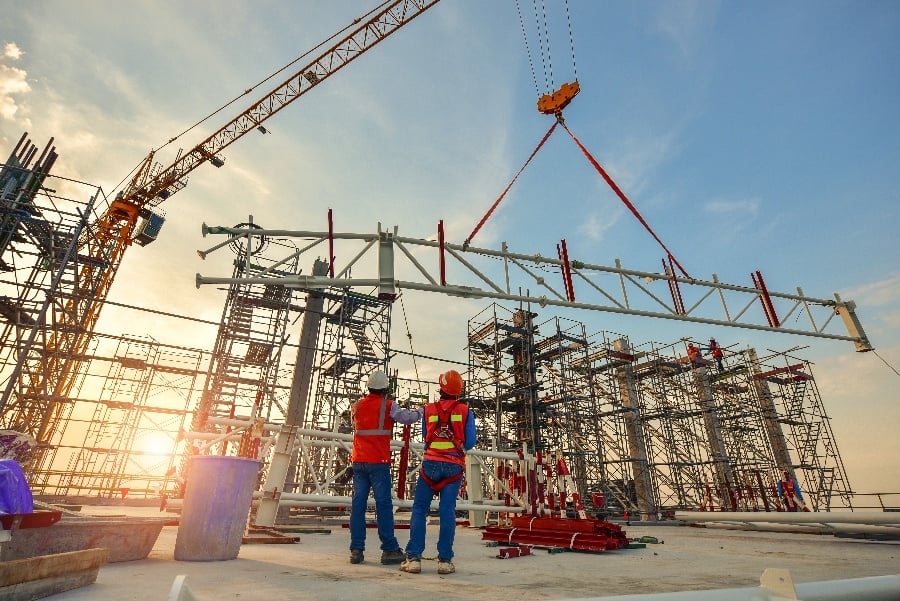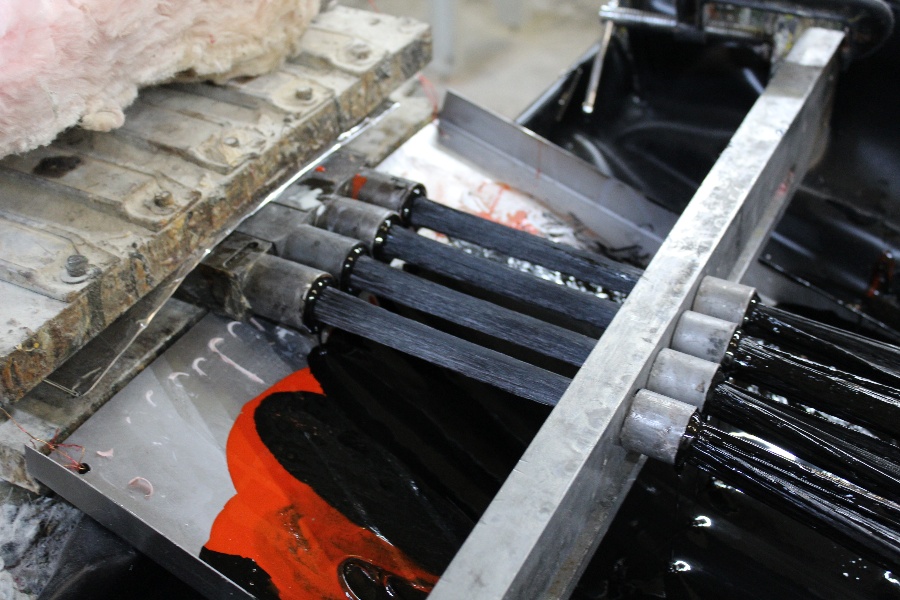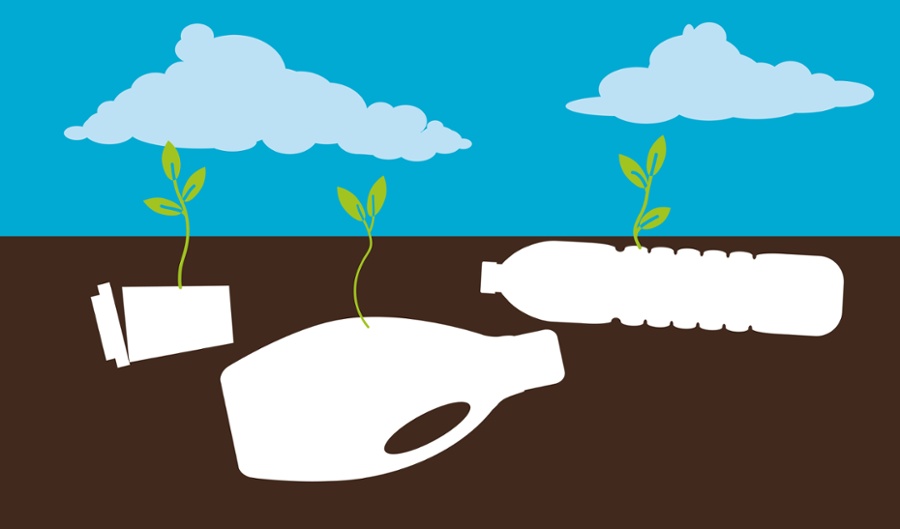
Plastic is an incredibly useful material. It comes in a variety of forms for all sorts of applications. It is relatively inexpensive, durable, and strong. For these reasons, global production continues to rise every year. In 2019, global plastic output was estimated to be about 460 million tons.
Along with the increase in the use of this material has come the challenge of what to do with it when products made from it are discarded.
One of the ideas sometimes raised in this discussion is to shift to greater use of bioplastic. We wanted to explore this idea a bit. What is bioplastic, anyway? And can it help address the environmental challenges associated with the use of plastic?
The Nature of the Problem
We begin with a bit of context. The problem of what to do with our waste is not a new one for human beings but has been a challenge whenever we have gathered in densely-populated areas. Whether it is plastic or concrete or plaster or wood, when we make things, we always face the issue of how to dispose of our discarded products.
So plastic isn’t unique in presenting the challenge of waste. It does have one characteristic, though, that it doesn’t share with some other materials - like wood or paper. That characteristic is its longevity. One of plastic’s greatest advantages — its durability and resistance to moisture and other chemicals — is also one of its greatest liabilities. Plastic waste sticks around a long time, whether it ends up floating about in the ocean or buried in a landfill.
People often raise two other worries about plastic from an environmental point of view: First, it is created from fossil fuels, which are not renewable resources. Second, its production is energy-intensive, giving it a significant carbon footprint.
There are three environmental problems, then, associated with plastic: It creates enduring waste, it consumes non-renewable resources, and it has a large carbon footprint.
Addressing the Problem: Recycling
The first of these problems started to attract attention in the 1980s as our culture generally became thoughtful about environmental impacts. An early response was to push for the recycling of plastics. To a certain extent, this was successful. Almost anywhere you go today, you can easily find the means to recycle at least some of the plastic products you use.
Recycling has not solved the problem of plastics, however. One reason is that recycling depends upon people voluntarily participating, and not all do. Most of the plastic products purchased in the US still wind up in landfills. Another is that not all types of plastic can be effectively recycled. So plastic waste continues to accumulate.
Another issue is about the quality and cost of recycled plastic. Recycled plastic is usually of poorer quality than virgin material and has more limited uses. This material is then often not able to be recycled a second time. It is also often cheaper to produce virgin material instead of recycling. A more expensive, the poorer-quality product doesn’t make sense for many applications.
For these reasons, much virgin plastic continues to be produced, consuming fossil fuels and plenty of energy.
How Might Bioplastics Help?
Bioplastics, as the name suggests, are plastics made from renewable biomass sources. (As noted above, traditional plastics are made from petroleum products.) For example, some bioplastics are made from starch, like that derived from corn.
When people first hear this description, it sounds exciting and conjures up the image of something green and natural. To what extent, though, can it actually help?
Remember that there are three issues that worry people about plastic: waste, the consumption of non-renewable energy sources, and the carbon footprint of production. Let’s consider briefly the possible impact of bioplastics in each area.
Waste: You might assume that bioplastics are automatically biodegradable, which would obviously help with the waste problem. Why? If plastics deposited into landfills or compost piles (or discarded in nature) could naturally break down quickly, the way something like paper does, then the plastic waste wouldn’t accumulate the way it presently does.
There are certainly some bioplastics that are biodegradable. This isn’t a necessary feature of them, however. Some bioplastics do not degrade, and some fossil-fuel-based plastics do. So bioplastics may help here, but the waste will remain a challenge for both types of plastic for the time being.
Non-Renewable Resources: This is probably the strongest point in favor of bioplastics. They are sourced from things like starch and cellulose that are abundantly produced by plants.
Carbon Footprint: It is difficult to give a general answer here since there are a variety of different ways bioplastics are presently made. However, since they utilize biomass that draws carbon from the atmosphere as it grows, they probably offer carbon savings over their petrochemical cousins.
So bioplastics do have the potential to reduce the environmental impacts of traditional plastics to a certain extent.
The Challenges of Bioplastic
Yet bioplastic comes with its own challenges.
So far, its uses are limited. (One example is plastic films, used for food packaging and similar applications.) It does not possess the durability or strength of fossil-fuel-based plastics and isn’t suitable for many applications. This helps explain why bioplastics currently represent only around 2% of global plastics output.
It also brings with it potential environmental impacts associated with agriculture. It uses a lot of water, fertilizer, and land. An aggressive expansion in the use of bioplastic would probably mean trading one environmental problem for another.
Bioplastic and the Future of Plastics
What should we conclude, then, about bioplastic? Is it the secret to a greener plastics industry?
At the present moment, it looks like it may be able to help in certain ways, particularly by reducing plastic’s dependence on fossil fuels.
On the other hand, it brings with it its own set of problems that mean it isn’t going to cure all our problems.
From our perspective, this shouldn’t be surprising. Human technological progress seems always to mean we see improvements in some areas while facing new challenges in others.
We remain hopeful that our society will develop ways to effectively address the challenges described here. Some of those will be technological, no doubt including further developments in bioplastic. Some of those will need to be behavioral as well. We will need to look for ways to reduce our usage of plastics when possible, as many now, for instance, do with reusable shopping bags.
Plastic will, however, continue to be an important material for the foreseeable future. Used wisely and responsibly, it is a valuable commodity that genuinely improves life in many areas.
At Tencom, we believe fiber-reinforced plastic (FRP) can actually reduce waste by creating materials that last longer than other options (and have lots of other advantages as well). If you’d like to explore how FRP can help you build a product that lasts, please get in touch.

